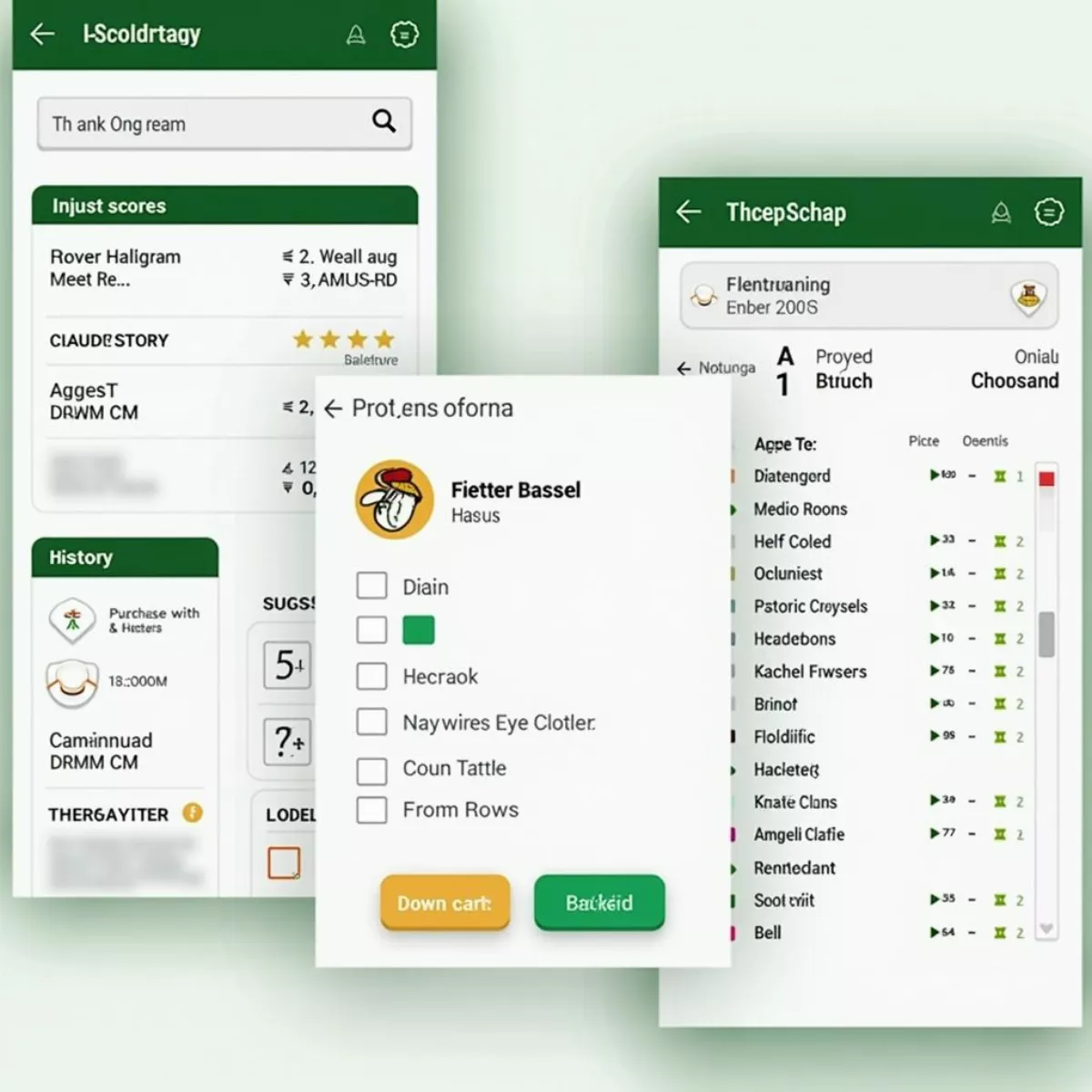Golf is a sport rich in tradition and complexity, but nothing might be more baffling than calculating your golf handicap, especially when playing on just 9 holes. A golf handicap helps level the playing field among players of varying skill levels, allowing everyone to compete fairly. If you’ve ever wondered how to determine your golf handicap for a short course, this guide will walk you through the nitty-gritty details step-by-step.
Understanding Golf Handicaps
Before we dive into the specifics of calculating a golf handicap for 9 holes, it’s essential to understand what a golf handicap is. Put simply, your handicap is a numerical representation of your potential skill level relative to par. It allows players of different abilities to compete on an equitable basis.
Key Components of a Golf Handicap:
- Course Rating: This indicates the difficulty level of a golf course for a scratch golfer (a player with a handicap of 0).
- Slope Rating: This measures the difficulty of the course for a bogey golfer (a player with a handicap higher than 0).
- Adjusted Gross Score (AGS): This is your total strokes taken plus any local rules adjustments, such as maximum strokes per hole.
The Basics of Golf Handicaps for 9 Holes
When calculating a 9-hole golf handicap, you will typically use half the formulas used for a full 18-hole course. While it may seem straightforward, there are nuances that can affect the calculation, which we will cover in detail!
Steps to Calculate Your Golf Handicap for 9 Holes
Step 1: Record Your Scores
Before you can calculate your handicap, you’ll need to track your scores for at least five rounds of 9-hole play. Consistency is key for an accurate assessment!
- Example: Record scores like:
- Round 1: 45
- Round 2: 42
- Round 3: 48
- Round 4: 41
- Round 5: 44
Step 2: Calculate Your Adjusted Gross Score (AGS)
Your AGS is essential in determining your handicap. For each round, you adjust your score based on the course rating and your actual strokes.
- Formula:
AGS = Score - (Course Rating - Par) x (Strokes Allowed) - Example: Let’s say the course rating is 35 and the par is 36. If you score 45, it would be:
AGS = 45 - (35 - 36) = 45 + 1 = 46
Repeat this for each recorded score.
Step 3: Find Your Average AGS
Now, use all your adjusted scores to calculate an average.
- Calculation:
Average AGS = (AGS1 + AGS2 + AGS3 + AGS4 + AGS5) / 5
Using the previous adjustment example:
- AGS1 = 46
- AGS2 = 41
- AGS3 = 48
- AGS4 = 43
- AGS5 = 44
Your calculation would be:
Average AGS = (46 + 41 + 48 + 43 + 44) / 5 = 44.4Step 4: Apply the Slope Rating
To factor in the slope rating, you’ll need to know this for your course. Assume the slope rating is 113.
- Formula:
Effective Handicap = (Average AGS - Course Rating) x (113 / Slope Rating)
Using our example:
Effective Handicap = (44.4 - 35) x (113 / 113) = 9.4Since this is a 9-hole handicap, you can round it to the nearest whole number, finalizing your handicap at 9!
 Golf Scorecard
Golf Scorecard
Example Table
Here’s a quick reference table to show scores, AGS, and effective handicap calculations:
| Round | Score | Course Rating | AGS |
|---|---|---|---|
| 1 | 45 | 35 | 46 |
| 2 | 42 | 35 | 43 |
| 3 | 48 | 35 | 49 |
| 4 | 41 | 35 | 42 |
| 5 | 44 | 35 | 45 |
| Average AGS | 44.4 | ||
| Effective Handicap | 9 |
Tips for Maintaining an Accurate Handicap
- Play Regularly: The more rounds you play, the more accurate your handicap.
- Use Technology: Various apps are available that automate handicap calculations for you.
- Keep a Consistent Record: Write down your scores immediately after each round.
 Golf Handicap App
Golf Handicap App
Key Takeaways
- Your golf handicap levels the playing field for players of various skill levels.
- Calculate your handicap using Adjusted Gross Score, Average AGS, and the Slope Rating.
- It’s usually easier to calculate the handicap for 9 holes by using half the standard 18-hole formulas.
- Regular play and scorekeeping improve accuracy in your handicap calculations.
FAQs
Q1: How often should I update my golf handicap?
- A: You should update your handicap after every 20 rounds or any time there’s a significant score variation.
Q2: What if I can only play on 9-hole courses?
- A: You can still establish a handicap based on your performance on those courses, using the same calculation methods.
Q3: Can I compete without an official handicap?
- A: Yes, but participating in formal leagues or competitions usually requires one.
Q4: How can I find my course’s rating and slope?
- A: These ratings are often listed on scorecards or can be found on the golf course’s official website.
Q5: Is there an app to help with the calculations?
- A: Yes, numerous mobile apps can help you keep track of your scores and compute handicaps automatically.
Q6: How do you adjust for weather conditions during play?
- A: Generally, weather conditions should not be adjusted for; focus instead on consistent play over time.
Q7: Can I use a temporary handicap for a tournament?
- A: If the organizer allows it, you can use a temporary handicap based on your recent scores.
Q8: Are there different rules for different countries?
- A: Yes, golf handicapping systems can vary; it’s essential to check region-specific guidelines.
 Golfers on the Course
Golfers on the Course
By following the steps laid out in this guide, you can navigate the seemingly complex world of golf handicaps with ease. Now, the next time you hit the links for a round of 9 holes, you’ll not only know how to calculate your handicap, but you’ll also have a concrete understanding of why it matters. Happy golfing!

